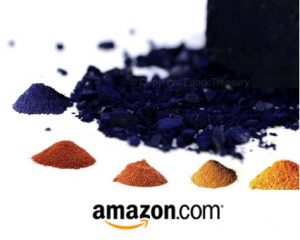Natural Colors
There are a multitude of naturally dyed yarns, rovings and fabrics out there and sometimes it is hard to imagine where the natural color may have come from!

But nature is an amazing thing and with a little chemistry you have a unlimited array of natural colors to choose from, for your next knitting or sewing project.
There are many naturally occurring plants, minerals and crustaceans from which you can extract color and produce natural dyes. From soft pastel to strikingly rich natural colors, your yarn or fabric will thank you for it.
As with everything in life, some work better than others and produce stronger and longer lasting color.
This list is far from exhaustive but will give you a good idea of which natural sources produce which colors. Experimenting with whatever you have on hand is recommended and is half the fun of producing dyes. You never know what you will discover!
Not sure where to get started? Check out my 30 day Natural Dyeing Boot Camp! Try It Now
Some substances will give different colored dyes, depending on what mordant you use or how long they are processed for. For example logwood mordanted with alum produces a mauve color, yet when mordanted with chrome gives a lovely blue. Many yellow dye baths will give a greenish hue if used with an Alum mordant, but using chrome or tin will brighten them to a much clearer yellow. Using iron will produce a golden hue of yellow to brown.
We recommend you use test pieces of yarn or fabric to ensure you get the color control you want, before embarking on a major dyeing spree.
The most commonly used resources for making dyes are highlighted in bold.
The Ultimate List of 85 Natural Colors
Reds
When making red dyes be sure to slowly raise the temperature of the dye vat. Reds have a tendency to go brown when too much heat is applied. The maximum temperature for red dyes is 180c. Never boil!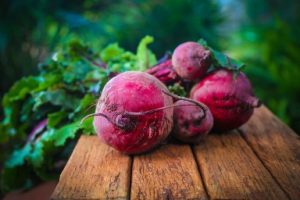
Cochineal – a small insect found on nopales or paddle cactus (don’t happen to have these running around your back garden? Check them out here)
Lac – insects
Hibiscus – flowers
Madder – roots
Red Elderberry – berries
Sumac – berries
Beetroot – root vegetable
Brazilwood – wood
St John’s Wort – whole plant
Sycamore – bark
Cadmium – mineral
Avocados – fruit
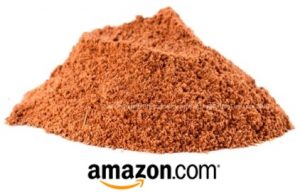 Or, if you’re time poor, and the thought of extracting dye from plants seems completely impossible – yet you still want to try out natural colours – take the easy route and simply order some madder powder online!
Or, if you’re time poor, and the thought of extracting dye from plants seems completely impossible – yet you still want to try out natural colours – take the easy route and simply order some madder powder online!
Redish Purples
Who can resist the deep, natural color of purple? Purple used to be the color of Kings and Queens during medieval times – since at the time the only known source of the dye was a particularly rare molusck, of which 9000 were required to make just 1 gram of Tyrian purple. If only they had known the same results could be achieved with simple hibiscus!
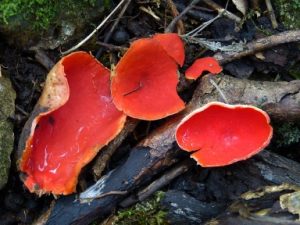
Red Basil – whole plant
Dark Red Hibiscus – flowers
Daylillies – flowers past their prime
Vermillon – mineral
Lac – insect
Pinks
Who would have thought that avocados – something that you would not think of as anything other than green – could be the source of such a wonderful, subtle natural shade of pink?
Likewise, the heart stopping color of cherries could be used to make your next winter scarf!
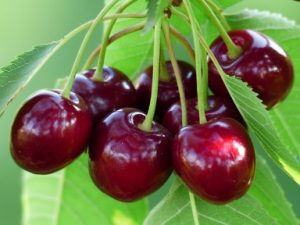
Avocados – fruit
Roses – flower
Lichens – whole plant
Cherries – fruit
White Bedstraw – roots
Not sure where to get started? Check out my 30 day Natural Dyeing Boot Camp! Try It Now
Yellows
Check out how wonderful my winter socks look when dyed with turmeric! The colors of nature give any artificial, chemical dyes a run for their money and win hands down each time!
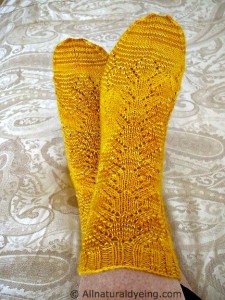
Bayleaves – leaves
Saffron – stamens
Marigold – flowers
Queen Annes Lace – flowers
St John’s Wort – plant
Golden Rod – flowers
Tumeric – roots or powder
Osage Orange – inner bark or shavings
Tea – leaves
Brown Onion – skins
Larkspur – plant
Chromium – mineral
Lead – mineral
Titanium – mineral
Annato – seeds
Oranges
One of the simplest materials you can extract the color from naturally, is the humble brown onion. Do not under-estimate the rich and varied shades that this everyday vegetable can impart to your clothing!
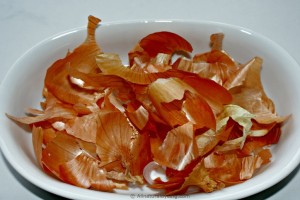
Brown Onion – skins
Tumeric – roots
Giant Coreopsis – any part of the plant
Bloodroot – roots
Barberry – any part of the plant
Eucalyptus – leaves
Browns
If you haven’t experienced the color of natural coffee, then you don’t know what you are missing! The richness and complexity is simply warming to the heart. Just like a good cup of java!
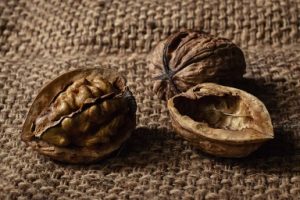 Oak Bark – bark
Oak Bark – bark
Walnut – Hulls
Dandelion – roots
Coffee – grinds
Yellow dock – plant
Ivy – woody stems
Golden Rod – shoots
Tea – leaves
Sumac – leaves, powder
Birch – bark
Brown Clay – clay soil
Limonite – clay
Octopus/cuttlefish – ink
Not sure where to get started? Check out my 30 day Natural Dyeing Boot Camp! Try It Now
Blues to Bluish Purples
The humble mulberry can produce the most sublime shade of purple you can imagine!
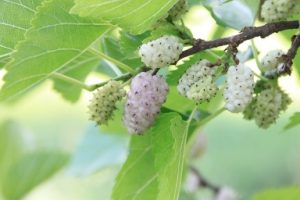 Dogwood – fruit
Dogwood – fruit
Hyacinth – flowers
Indigo – foliage
Red Maple Tree – inner bark
Woad – leaves
Mulberries – fruit
Elderberries – fruit
Blueberries – fruit
Cornflower – flowers
Blackbeans – dried bean
Cobalt – mineral
Copper – mineral
Murex Snail – trunculus
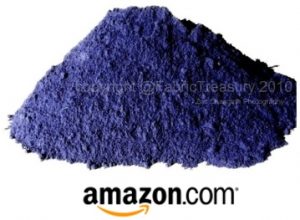 Again, if you don’t happen to have any of these things growing near you, or you simply don’t have the time, space (or inclination) to go hunting for them – you can take advantage of the modern world and have indigo dye delivered to your doorstep!
Again, if you don’t happen to have any of these things growing near you, or you simply don’t have the time, space (or inclination) to go hunting for them – you can take advantage of the modern world and have indigo dye delivered to your doorstep!
Greens
Once again, sometimes the best sources of a particular colour come from exactly where you wouldn’t expect them to! Something with such a striking ocher red as sumac actually produces a wonderful green colored dye!
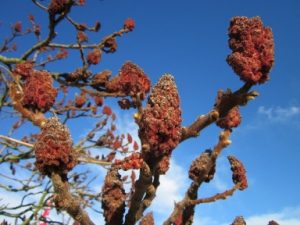 Tea Tree – flowers
Tea Tree – flowers
Spinach – leaves
Larkspur – plant
Red Onion – skins
Yarrow – flowers
Chamomile – leaves
Black-eyed Susans – flowers
Nettle – leaves
Dyer’s Broom – plant
Chromium – mineral
Grey to Black
And lastly, don’t neglect the often overlooked shades of grey and black. Whilst you might regard store-bought garments in unappealing black and grey as dull, their naturally dyed counterparts are capable of having a completely different and vastly more appealing quality!
 Oak Galls – Galls
Oak Galls – Galls
Sumac – leaves
Walnut – hulls
Iris – roots
Black Beans – dried bean
Titanium – mineral
Carbon – mineral
Extracting natural colors to make your dyes can be a long and sometimes difficult process.
However you do have the option to buy natural dyes online, where the extraction process has been taken care of for you!
If your yarn is not turning out the way you expected then “try try again” or have a look at some online stores that sell natural dyes. This selection below has a set of 5 colours and comes from a company that has great reviews.
Remember, when embarking on your natural coloring adventures, take care of the environment and keep sustainability in mind!
Consider how many natural color resources are available and only remove a portion of those in any one area!
Lastly, if the choice seems just a bit overwhelming, consider my Natural Dyeing Bootcamp, where I’ll hold your hand through the whole thing.
Not sure where to get started? Check out my 30 day Natural Dyeing Boot Camp! Try It Now
